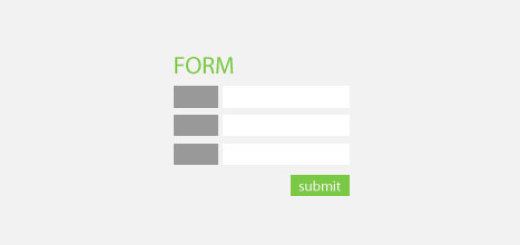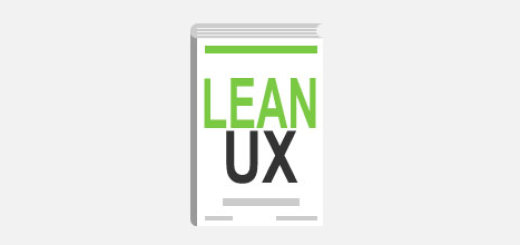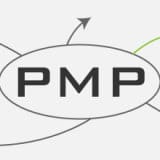3 Core UX Design Process Principles
Summary: UX design is a user-centered design approach. You will learn about the three core principles of UX design process and their applications in this article.
Article Highlights
Core Principles of UX Design Process
- Early and continual focus on users and their tasks
- Empirical measurement of user behavior
- Iterative design
1. Early and continual focus on users and their tasks
User is the center of focus in any design decisions. Involving users early and continually in the process, usability problems can be identified at an early stage when the cost of adjustment is relatively low.
By observing users performing real tasks in the real context, valuable information can be obtained which can be used as inputs to the specifications of the project. Fictitious personas can also be developed based on the observations which can guide decision making in a more objective way later in the process.
2. Empirical measurement of user behavior
UX can be and should be measured empirically in order to track the progress. The UX design process involves a lot trial and measure work. The measurements may be made from one or more of the following:
- Expert review using standard principles
Standard principles includes: 10 Usability Heuristics for User Interface Design by Jakob Nielson, the International usability standard BS EN-ISO 9241-110, and Research-Based Web Design & Usability Guidelines on usability.gov. Judge the interface objectively using these standards. - Usability tests
By asking people not involved in the project to do real world tasks on the interface (either a paper or electronic prototype), the efficiency and success rates of task completion can be recorded. - A/B Testing
A/B testing is a methodology of testing two variants, namely A and B, of the same page by randomly exposing either variant to visitors and recording the results.
3. Iterative design
As opposed to the traditional process of software development (often called the waterfall methodology) with the following sequence of actions: specifications → design → development → testing → launch, UX design process is more compatible with iterative methodology (e.g. agile and scrum). The whole design/development process will consist of a number of design/development → testing cycles for incremental improvements.
The following illustration by Dr. David Travis of Userfocus best summarizes the UX design and research process. Note that the arrows are in both directions. (Dr. David Travis is currently teaching a UX course at Udemy which I have attended previously, a great introduction to UX/UI!)

UX Design Process





 Hi, my name is Edward Chung, PMP, PMI-ACP®, ITIL® Foundation. Like most of us, I am a working professional pursuing career advancements through Certifications. As I am having a full-time job and a family with 3 kids, I need to pursue professional certifications in the most effective way (i.e. with the least amount of time). I share my exam tips here in the hope of helping fellow Certification aspirants!
Hi, my name is Edward Chung, PMP, PMI-ACP®, ITIL® Foundation. Like most of us, I am a working professional pursuing career advancements through Certifications. As I am having a full-time job and a family with 3 kids, I need to pursue professional certifications in the most effective way (i.e. with the least amount of time). I share my exam tips here in the hope of helping fellow Certification aspirants!





